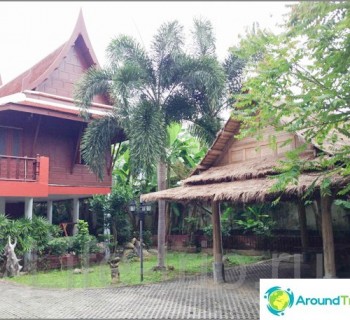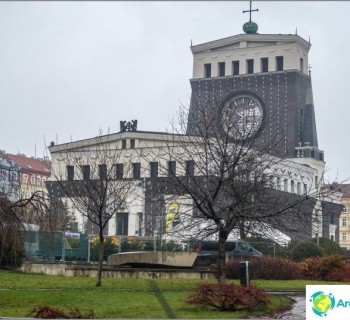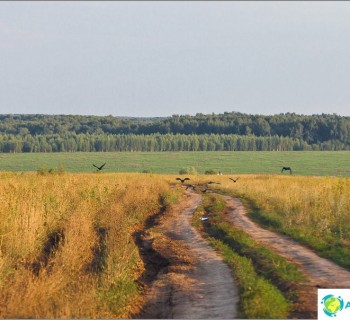There is a place in modern Turkey, the historical name of which is Cappadocia, which means «The country of beautiful horses».
The uniqueness of this land lies in its landscape, mainly of volcanic origin, as well as in the presence of underground cities and cave monasteries dating back to the time of early Christians..
Our trip there turned out to be unforgettable, not everyone can climb for pleasure through the ancient dilapidated houses, which was created not by man, but by nature. Our impressions Goreme National Park - excursions in Cappadocia
According to one of the historical versions, on this territory, about 3 million years ago, a volcano erupted, the lava of which covered the entire surrounding area. In turn, the natural elements - wind and rain have contributed to the transformation of the landscape, making it unique in its kind. Therefore, only here you can see creations created by nature itself - stone pillars, on top of which are basalts and andesites, and below - tuffs.
Throughout the history of its existence, the boundaries of the area have been subjected to changes more than once, but today, the boundaries of its territory are understood as an area in the center of the peninsula of Asia Minor, which has no access to the sea. This is a flat plateau, at an altitude of one kilometer above sea level, without any vegetation and a minimum number of rivers, surrounded on all sides by mountains - Erciyes and Hasan.
Cappadocia, historically located at the crossroads of several important migration flows, was «tasty morsel» for the section. If we try to briefly describe these periods of wars of conquest and different reigns, then it will look something like this:
at first the land belonged to the Hittites (from the 18th to the 6th centuries BC), later to the Medes (from the 6th to the 4th centuries BC). Then the Persians conquer it.
In 350 BC. NS. created, directly, the kingdom of Cappadocia itself, which in 333 BC. NS. conquered by Alexander the Great. In 17 A.D. it becomes a Roman province, where it existed until 1071, until the territory was ceded to the Seljuks as a ransom for the Byzantine emperor - Roman IV Diogenes.
The 15th year of the 16th century is marked by the accession to the Ottoman Empire, and 1923 by the entry into the Turkish Republic.
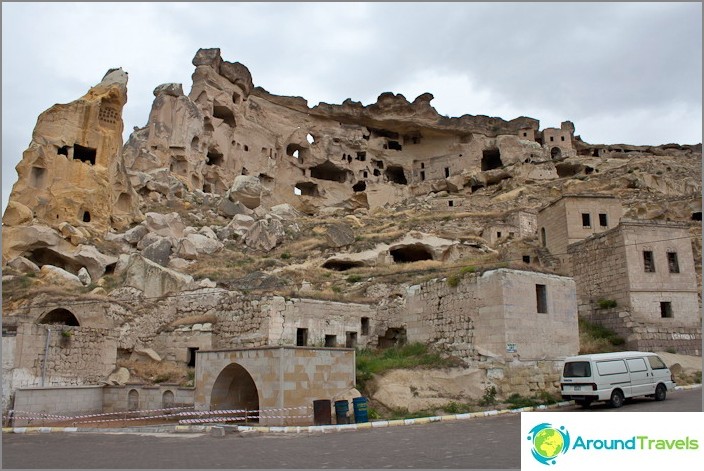
The old village in Chavushin. 3 km from Goreme.
Underground cities of Cappadocia
Among all the cities of Cappadocia known from antiquity, the leading role is assigned to Goreme, which was one of the largest Christian centers from the 6th to the 9th century, on the territory of which there were about 400 churches. Now it is a national park - an open-air museum of Turkey.
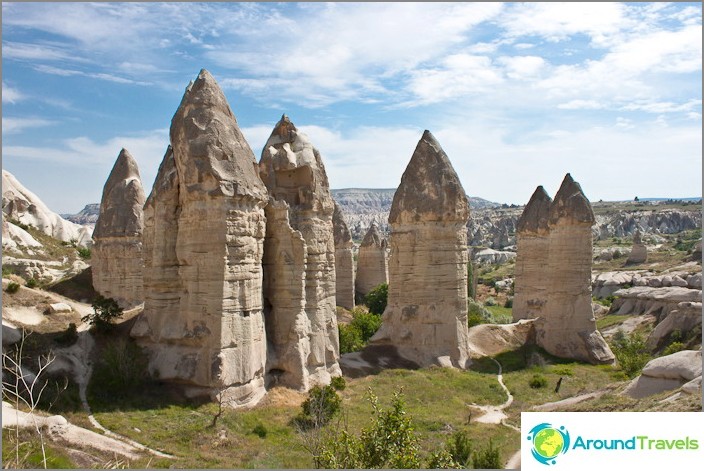
Goreme National Park.
On the territory of the modern park there are churches such as
- Church of St. Basil
- The Serpent Church (named after the fresco depicting the saints of Cappadocia George and Theodore slaying the dragon),
-Dark Church (the name, in principle, speaks for itself - a poorly lit church because of the small windows in it. By the way, it once served as a dovecote, after which it took more than 10 years to clean the walls),
- Church with sandals (named after the footprints at the entrance) and a number of other unique and inimitable works of antiquity.

Icons on the walls of a stone temple.
